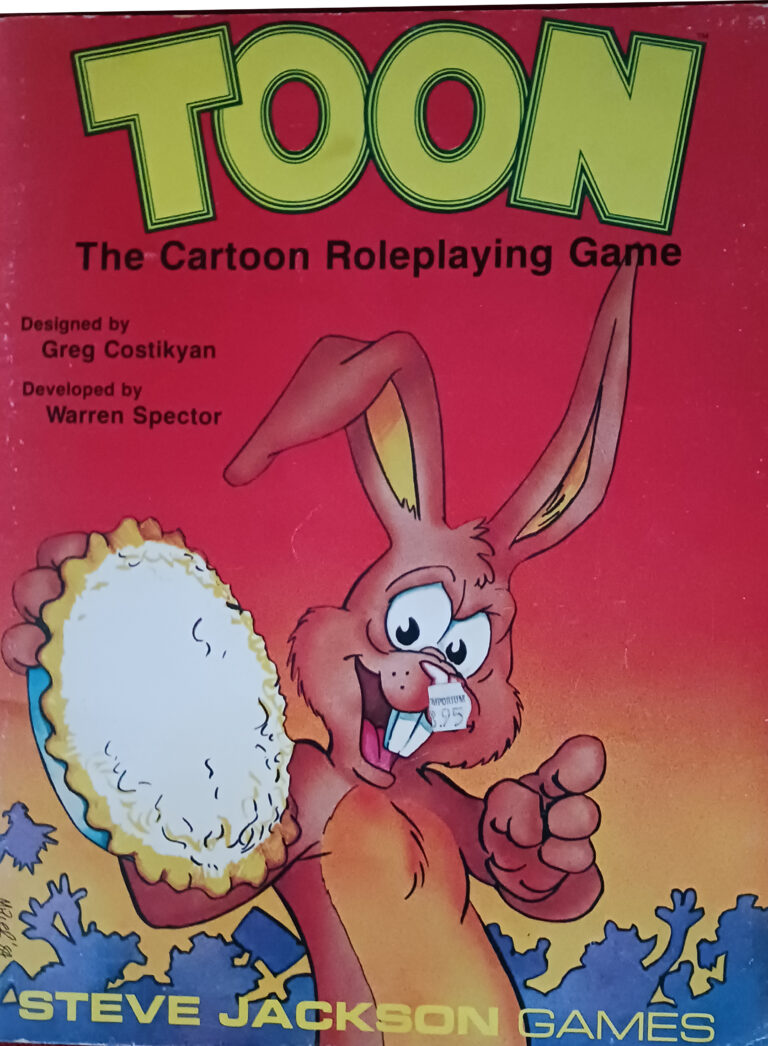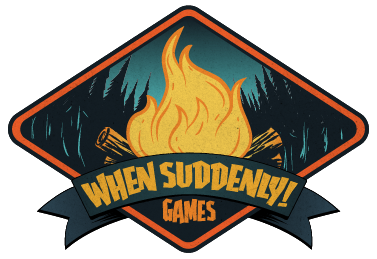By Scott Mohnkern
Today we feature the first of a two part article from guest writer Scott Mohnkern. Scott has been playing RPGs since the days of Advanced Dungeons & Dragons and Traveller. A network security professional and avid board gamer, he hosts weekly board gaming sessions and bi weekly ttrpg sessions in suburban Maryland. Connect with him on Facebook, BlueSky, or Discord.
If you’ve ever tried convincing your friends to play tabletop RPGs (TTRPGs) that aren’t Dungeons & Dragons 5e, you might have encountered resistance: “Why not just stick with 5e?” or “I don’t want to learn a whole new system!” But what if I told you there’s a whole universe of unique, engaging games out there waiting to be explored—and that with the right strategies, you can introduce your group to these new adventures?
After all, TTRPGs have evolved dramatically since the days of Advanced Dungeons & Dragons. I started playing and GMing in the late 1970s, exploring classics like Tunnels & Trolls, Traveller, and Gamma World. Each weekend was a chance to try something new and dive into worlds of our own creation. By 1989, however, life pulled me away from the hobby. It wasn’t until 2022 that I rediscovered my love for role-playing games. A friend introduced me to the Kickstarter for Old Gods of Appalachia. Intrigued by its dark, regional folklore, I backed the project, devoured the materials, and re-entered the gaming world with excitement.
Fast forward to today, and I’m running multiple campaigns and one-shots across a variety of systems, including Numenera, Blade Runner, Cypher System and Vaesen. Along the way, I’ve learned that getting players to try systems beyond 5e is possible—and even easy—when you focus on their interests and eliminate barriers to entry. Here are 10 strategies to help you bring new systems to your table.
1. Sell the Genre, Not the System
When introducing a new TTRPG, remember that players aren’t usually drawn to the mechanics—they’re drawn to the story. You might be excited about how a game handles narrative flow or combat, but to hook your players, you need to pitch the setting and genre.
For example, instead of saying, “I want to try Vaesen, which uses a Year Zero engine,” say, “How about a dark folklore campaign set in 19th-century Scandinavia, where we investigate supernatural mysteries?” The setting evokes curiosity and excitement, while the system becomes secondary.
This approach worked wonders for me with Old Gods of Appalachia. When I pitched it as “a horror story steeped in Appalachian folklore before and during the Great Depression,” I had immediate interest. Once your players are invested in the narrative, you can gradually introduce the system.
2. Start With One-Shots
One-shots are the perfect way to ease players into new systems. These short, self-contained adventures allow them to test the waters without committing to a full campaign. Plus, one-shots can showcase the game’s unique strengths without overwhelming players with rules or mechanics.
For instance, I pitched Blade Runner as a one-shot about investigating a rogue replicant in a dystopian city. The players loved the noir atmosphere and morally ambiguous decisions, and many wanted to play in the story.
To make one-shots appealing, keep them focused and exciting. Highlight what makes the genre compelling, and ensure the session has a clear resolution. You can even use pre-made adventures to save prep time and streamline the experience.
3. Use Pre-Generated Characters
Character creation can be intimidating, especially in unfamiliar systems. For one-shots, provide pre-generated characters with well-rounded abilities and connections to the story. This allows players to jump into the action without spending an hour navigating the rulebook.
For example, when I ran a Numenera one-shot, I created characters with skills that were relevant to the situation. There were characters with items that could levitate the party, there was a character that good fighting skills to keep people safe, there were characters with good investigative skills. These skills not only fit the narrative but also encouraged players to engage with the mystery.
Offer a variety of characters to ensure everyone finds someone they’re excited to play. For campaigns, you can later hold dedicated character creation sessions to let players craft their own stories.
4. Keep Rules Explanations Short and Sweet
One of the biggest hurdles for new players is learning a new system. To keep things approachable, limit your rules explanation to 15-20 minutes at the start of the session. Focus on the essentials, like how to make skill checks or resolve combat, and assure players they’ll learn the rest as they go.
For example, when introducing Numenera, I explained the basics of rolling dice, spending effort, and using abilities. Once we started playing, I guided players through more complex mechanics, ensuring they felt supported rather than overwhelmed.
The goal is to get players rolling dice and interacting with the story as quickly as possible. Shorter briefings keep the energy high and let the game’s narrative take center stage.
5. Simplify Mechanics During Play
Even the most elegant systems can feel daunting to new players. As the GM, you can make the experience smoother by handling the heavy lifting. For example, when running Cypher System, I walk players through each roll step-by-step, asking, “Do you have any skills that apply? Would you like to spend points to ease the task? Do you have any items that can help? How about other players helping you?”
Breaking down mechanics into manageable pieces makes them less intimidating. Over time, players will gain confidence and start navigating the system independently.
Check out part two of 10 Ways to Draw Your Friends Into TTRPGs Beyond D&D 5e next week!




